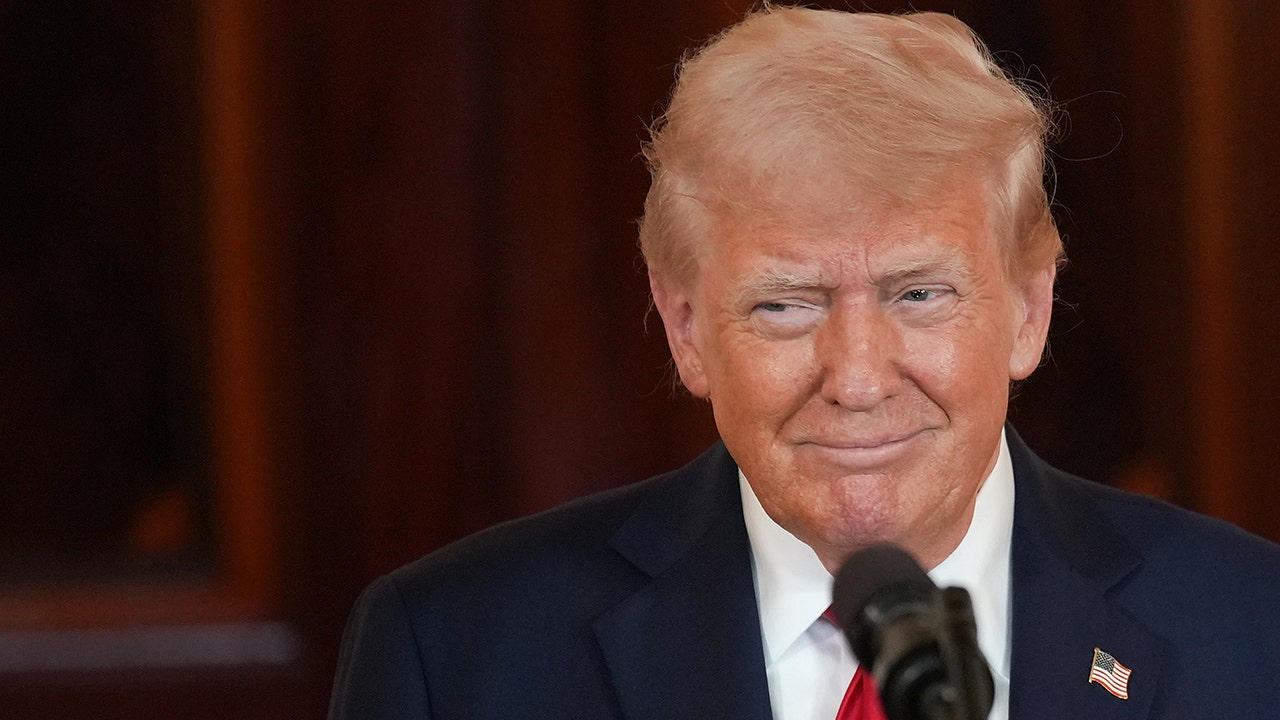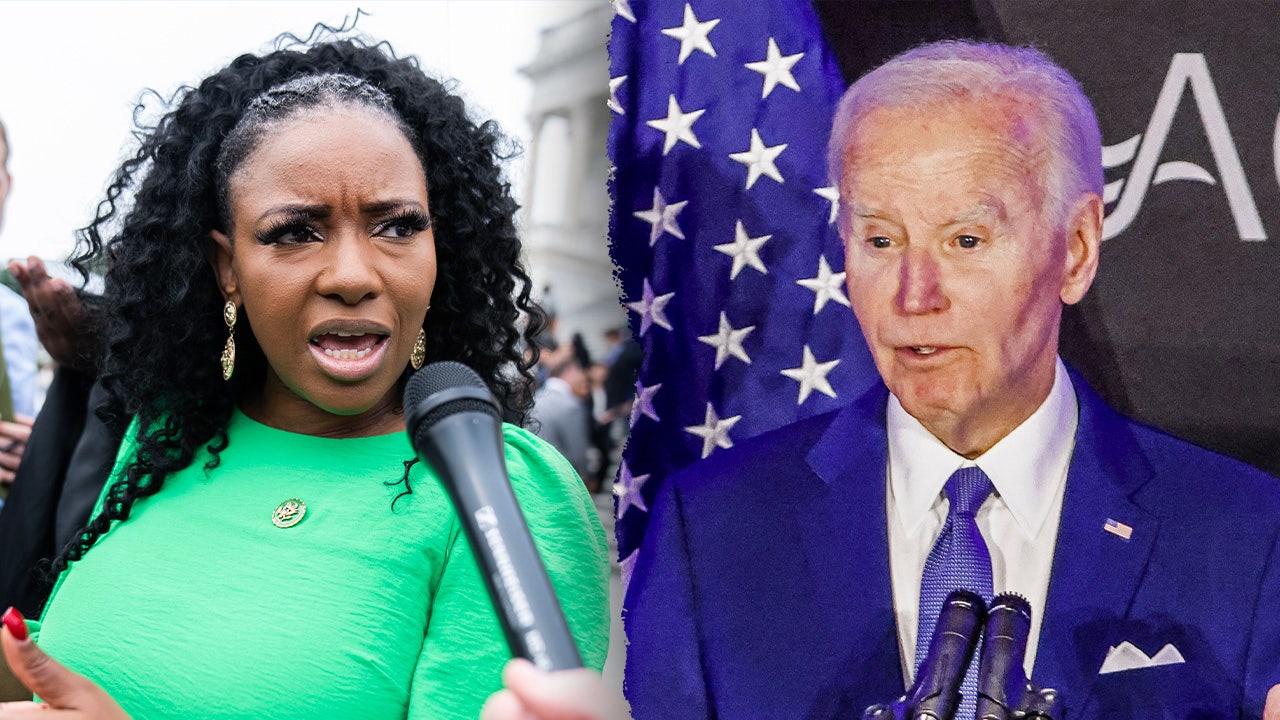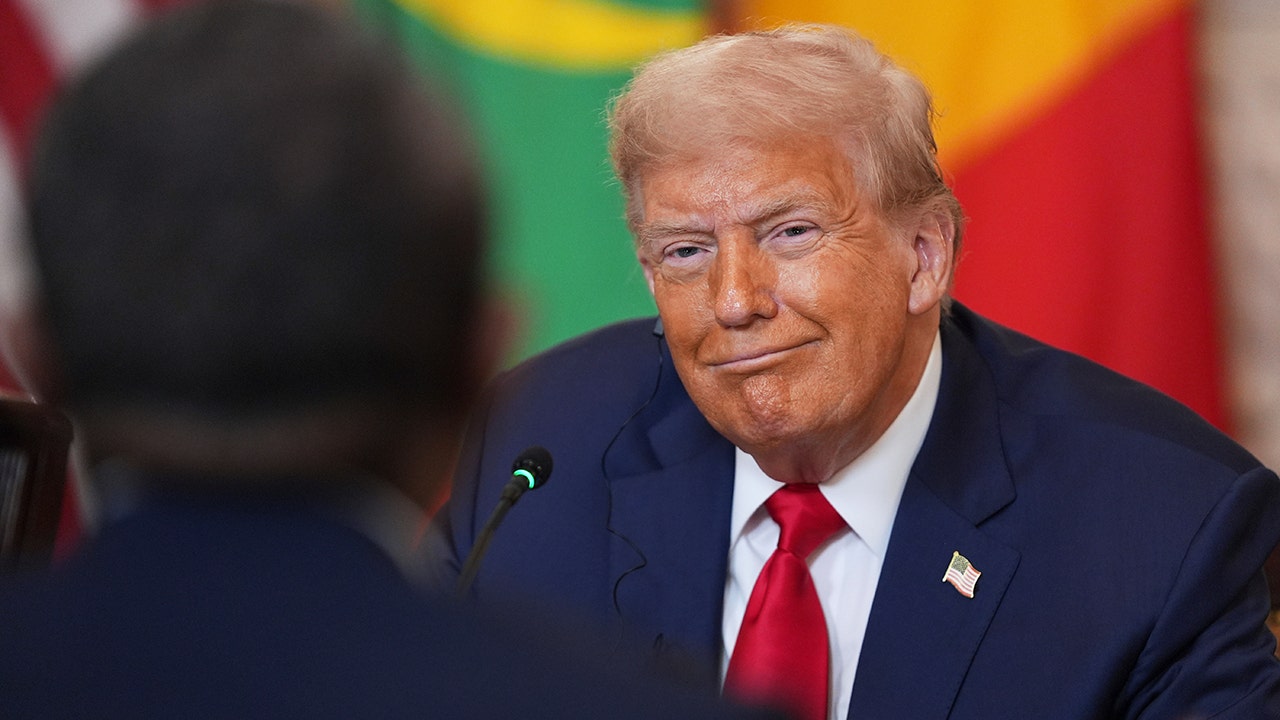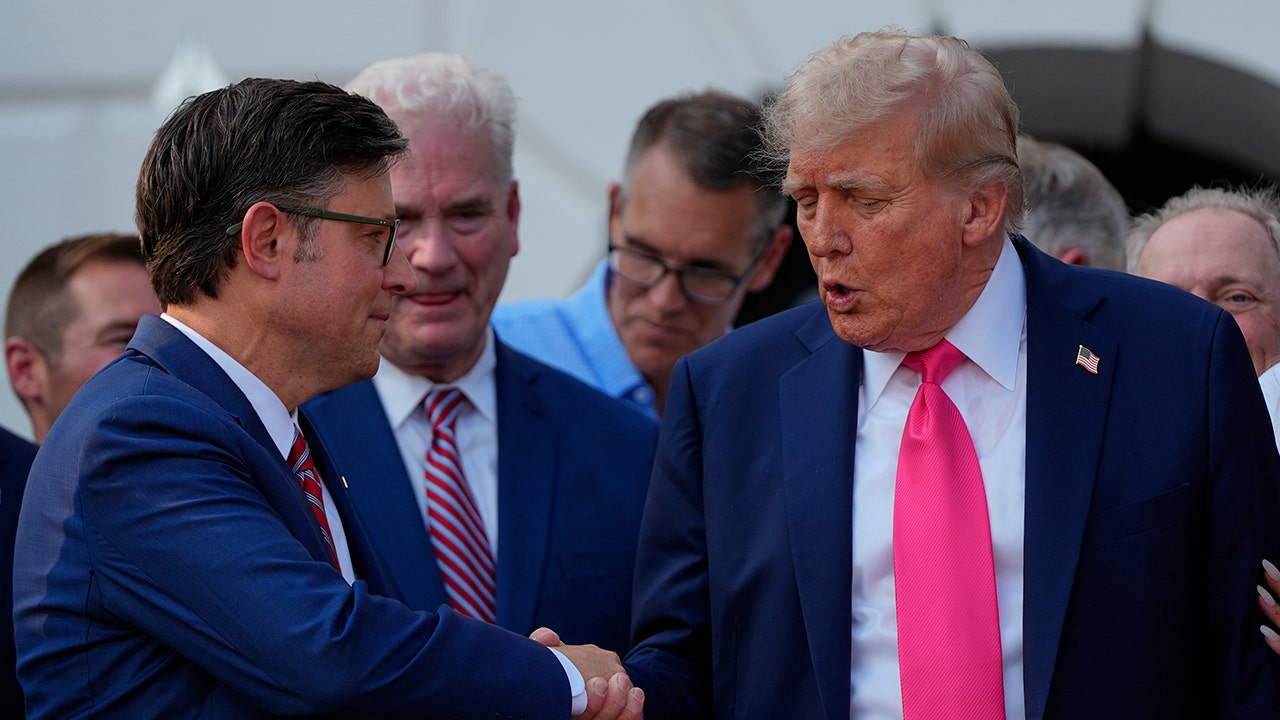Trump rejects China’s demand of lowering 145% tariff to open negotiations

President Donald Trump has made it clear that he will not be dropping tariffs on China in order to entice Beijing to come to the negotiating table. In an interview with NBC’s “Meet The Press” recorded from his Mar-a-Lago estate, Trump defended his stance on tariffs, stating that he is not looking to harm China but also not looking to allow them to continue making massive profits at the expense of the United States.
“They said today they want to talk. Look, China, and I don’t like this. I’m not happy about this. China’s getting killed right now,” Trump explained to host Kristen Welker. “They’re getting absolutely destroyed. Their factories are closing. Their unemployment is going through the roof. I’m not looking to do that to China now. At the same time, I’m not looking to have China make hundreds of billions of dollars and build more ships and more Army tanks and more airplanes.”
When asked if he would consider dropping tariffs to bring China to the negotiating table, Trump responded with a firm “No.” He emphasized that at some point, he may lower tariffs to facilitate business with China, but he believes that China’s economy is currently collapsing, making it necessary for the U.S. to maintain its strong stance.
Trump also highlighted the positive impact of his tariff plan on American businesses, citing commitments from tech companies like Apple and automakers such as Toyota, Honda, General Motors, and Stellantis to invest billions in the United States. He pointed out that the U.S. could expect $9 trillion worth of new investments since he took office.
In response to questions about a potential recession, Trump remained optimistic about the future of the U.S. economy. While he did not rule out the possibility of a recession in the short term, he assured that the country is in a transition period and on track for the “greatest economic boom in history.”
The Chinese government has reportedly created a list of American products exempt from its tariffs on U.S. goods, indicating a willingness to negotiate with the Trump administration. Despite the ongoing trade war between the two countries, there may be opportunities for dialogue and potential resolutions in the near future.
Overall, President Trump’s firm stance on tariffs with China reflects his commitment to protecting American interests and ensuring fair trade practices. As the trade negotiations continue, both countries will need to find common ground to address their economic concerns and work towards a mutually beneficial agreement.




